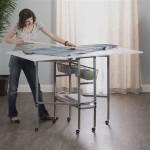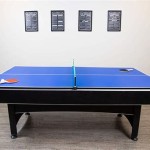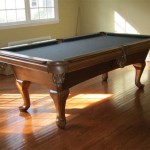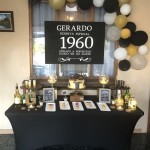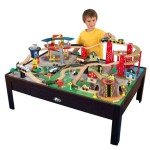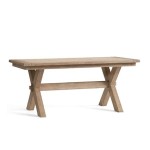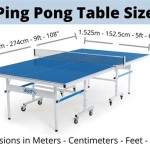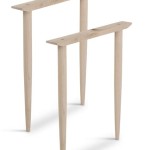Custom Wood Dining Tables: Essential Aspects to Consider
Custom wood dining tables are an exquisite addition to any dining room, offering a blend of elegance, functionality, and personal style. Creating the perfect custom wood dining table requires careful consideration of several essential aspects. Here's an exploration of these key elements to guide your decision-making process.
Wood Species
The wood species you choose plays a pivotal role in the overall look, feel, and durability of your dining table. Common wood choices include oak, maple, walnut, cherry, and mahogany, each with distinct characteristics.
- Oak: Durable and sturdy, with a classic grain pattern.
- Maple: Light-colored, with a smooth and even grain.
- Walnut: Rich, chocolate-brown hue, with a distinctive swirl pattern.
- Cherry: Warm and reddish-brown, with a luxurious appearance.
- Mahogany: Deep red-brown color, known for its strength and resistance to decay.
Table Shape and Size
Determine the most suitable shape and size for your dining room layout and the number of guests you typically entertain. Common shapes include:
- Rectangular: A classic shape that accommodates large gatherings comfortably.
- Round: Promotes intimate dining experiences, with equal access for all guests.
- Oval: A hybrid shape, offering both spaciousness and conviviality.
- Square: Ideal for smaller dining spaces or casual meals.
Table Length and Width
Ensure adequate space for comfortable dining. As a general guideline, allow at least 24 inches of length per person and 12-18 inches of width for each place setting. For larger groups, consider a table with a 6-foot length or more.
Table Height
The table height should be comfortable for all diners. The standard height for dining tables is 29-30 inches. However, if you have taller or shorter family members or guests, adjust the height accordingly.
Base Style
The base style adds character and support to your dining table. Choose from various designs, such as:
- Trestle: A traditional design with sturdy legs and a connecting crossbar.
- Pedestal: A central, pillar-like base that provides stability and a focal point.
- Apron: A decorative frame that connects the table legs and adds a touch of elegance.
- Sawhorse: A unique base with an X-shaped structure that adds a rustic charm.
Finish
The finish protects and enhances the natural beauty of the wood. Common finishes include:
- Oil: Penetrates the wood and preserves its natural grain pattern.
- Varnish: A durable finish that adds a glossy sheen.
- Lacquer: A highly protective finish that creates a mirror-like surface.
- Polyurethane: A versatile finish that offers resistance to wear and tear.
Additional Features
Enhance the functionality of your dining table with additional features, such as:
- Leaf extensions: Add extra seating capacity for special occasions.
- Lazy Susans: Conveniently share dishes among guests without reaching.
- Drawers: Provide discreet storage for столовые приборы and other items.
- Built-in beverage coolers: Keep drinks chilled and within easy reach.
Conclusion
By carefully considering these essential aspects, you can create a custom wood dining table that perfectly complements your dining room and meets your specific needs. Your custom dining table will become a cherished centerpiece of your home, where family and friends gather to share meals and create lasting memories.

Solid Wood Table Custom Dining Natural Wooden Desk Size Rustic Outdoor Coffee

Walnut Dining Table River Custom 90 X 40 Smokey Gray Order For Amanda

Custom Made Dining Table A Style For All Naturally Timber

Custom Live Edge Dining Table Kitchen Black Walnut Office Wooden Slab Industrial

Live Edge Dining Table Custom Made Furniture 94 Length A7

Custom Wood Dining Table

Custom 87 X 39 Elm Wood Dining Table With Black Tree Kitchen Resin Dinner Center

Custom Wooden Table Live Edge Dining Kitchen Room Furniture

American Oak Custom Dining Tables In Sydney The Wood Room

Dining Table Set Custom And Chairs Dine Made In Colorado
Related Posts

